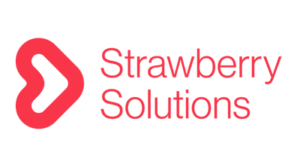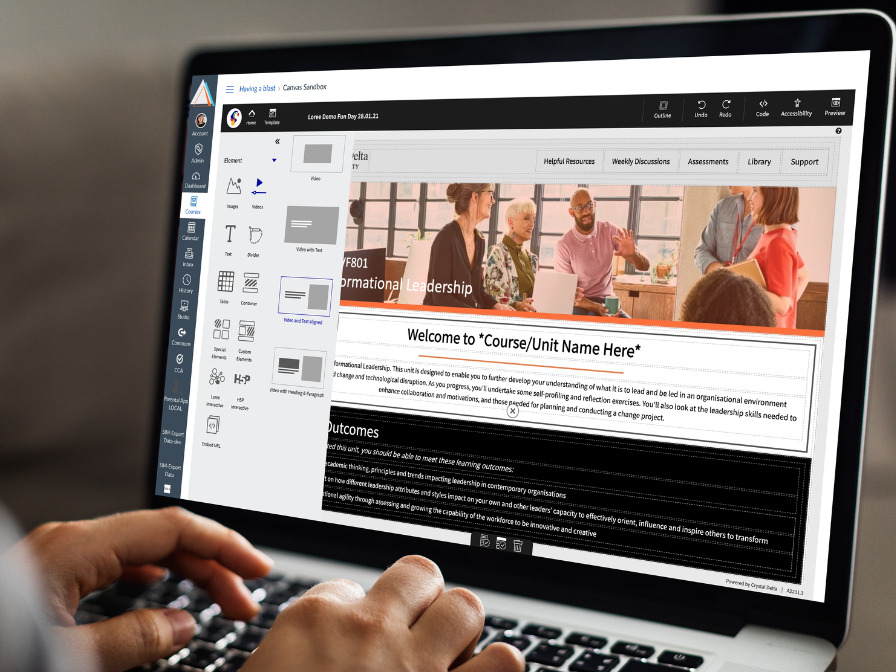What we do
Technology solutions
We deliver sustainable value solutions to our clients through a combination of products, services and practices.
Practices are geared-up to solve specific business value problems for our clients within their regional and industry context.
Domain expertise and experience within our practices bring measurable business gains from:
- Operational efficiency
- Reduction of risk
- Revenue generation
Our Practices
Each technology practice is an amalgamation of specialised core capabilities, governed by standards-based frameworks to ensure transparency, and consistently successful delivery of our digital solutions.

Platform + Software Engineering
Quality, scalable business-critical technology systems delivered in partnership, to specification, on time and on budget. Learn more
Consulting + Strategy + Architecture
Highly experienced, expert and pragmatic guidance and advocacy at all stages of successful digital evolution. Learn more
Cloud + Infrastructure Optimisation
Control and visibility of foundational technologies to realise return on investment sooner and reduce the total cost of ownership. Learn more

Risk + Compliance + Security
Confidence in the integrity, confidentiality and availability of information and technology systems through strongly governed engineering standards and techniques. Learn more
Data + Insights
Analysis and intelligence from extracting, transforming and retaining business information, flexibly and at scale. Learn more
Regional Squads
At Crystal Delta we understand the benefits that outsourcing can bring to businesses of all sizes. By outsourcing certain tasks or projects, companies can access specialised skills and knowledge, reduce costs, increase efficiency, manage risks, and stay flexible.
We pride ourselves on respectfully and positively influencing the diverse social and economic needs of the regions where we and our clients operate.

SoaringEd (previously Mastedly) is Crystal Delta’s comprehensive portfolio of industry leading education products and services. We innovate in technology that enhances learning and teaching.
Our partner network
Trusted, high-calibre technology partners support Crystal Delta to deliver secure scalable foundational technology capabilities to our clients.
Technology partners




Education partners








